The Age of the Coronapocene Webinar Series
A collaboration between the University of Montana and the Montana Natural History Center
What are viruses? Where did COVID-19 come from? Why is social distancing so important? What does the science tell us?
Join us for answers to these questions and more as we explore informative, real, and heartfelt discussions over the reality of living with the novel coronavirus. Ask questions, share comments, and engage with our expert panel of scientists, naturalists, and educators in this new webinar series about living with COVID-19.
MNHC staff are working hard to provide you with new, relevant programming that’s available online. While we are offering these great resources free of charge, we ask you to consider a small donation to help keep our operations going during these times. You can DONATE HERE. Thank you for your generosity and support!
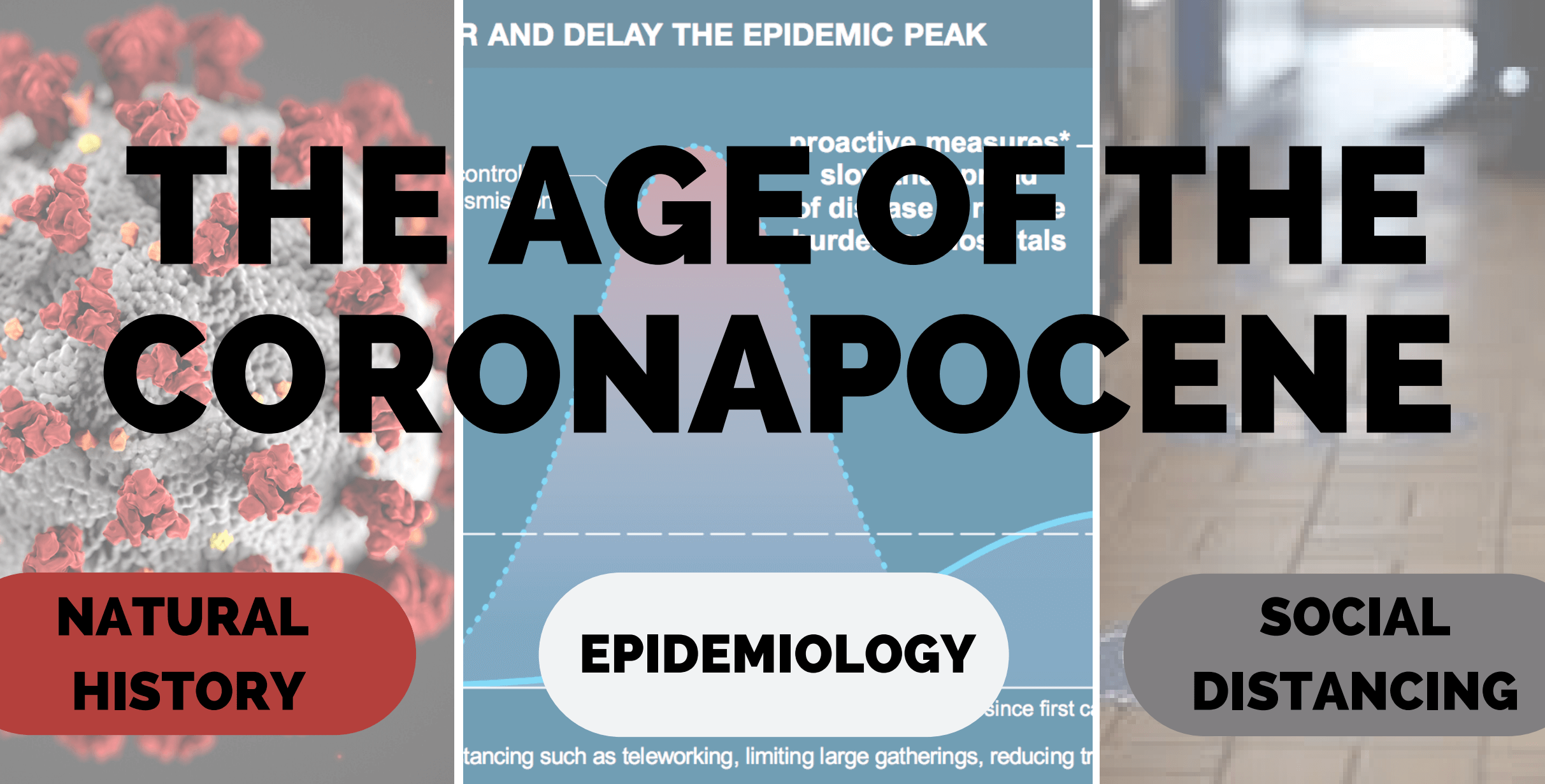
Friday, April 17th, 3:00-4:00PM MDT
Epidemiology
Next our panelists discuss epidemiology. How do viruses move through populations? What does science tell us is is going to happen?
Watch the recording of the webinar here:
Friday, April 24th, 3:00-4:00PM MDT
Social Distancing & Other New Realities
This week we discuss social distancing, the uncertainty of the future, and other new realities of our lives with COVID-19. Why is social distancing important, and how long will we have to do it? What does this mean for society, and what will the future look like with COVID-19?
Watch the recording of the webinar here:
Friday, May 8th, 3:00-4:00PM MDT
Fighting an Infodemic
As public health officials address the COVID-19 pandemic, we are also seeing a global spread of misinformation—growing rapidly through social media and the internet—that creates a potential risk for our public health. Correct information matters, especially to communities such as Native Americans who are disproportionately impacted by disease. “We’re not just fighting an epidemic; we’re fighting an infodemic,” said WHO Director-General Tedros Adhanom Ghebreyesus.
Watch the recording of the webinar here:
Friday, May 15th, 3:00-4:00PM MDT
The Science Behind Vaccines
In our last installment of the Age of the Coronapocene series we dive into the science behind vaccines and how they work, including the current efforts to develop one for COVID-19.
Watch the recording of the webinar here:
OUR PANELISTS
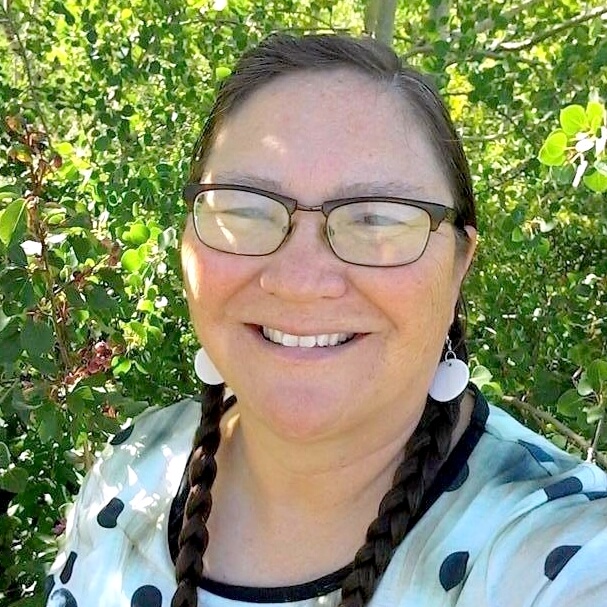
Rosalyn LaPier
Associate Professor, Environmental Studies, University of Montana
Dr. LaPier is an award-winning Indigenous writer, ethnobotanist, and environmental activist with a BA in physics and a PhD in environmental history. She works to strengthen traditional ecological knowledge (TEK) and revitalize Indigenous languages within Indigenous communities. Dr. LaPier is an enrolled member of the Blackfeet Tribe of Montana and Métis.
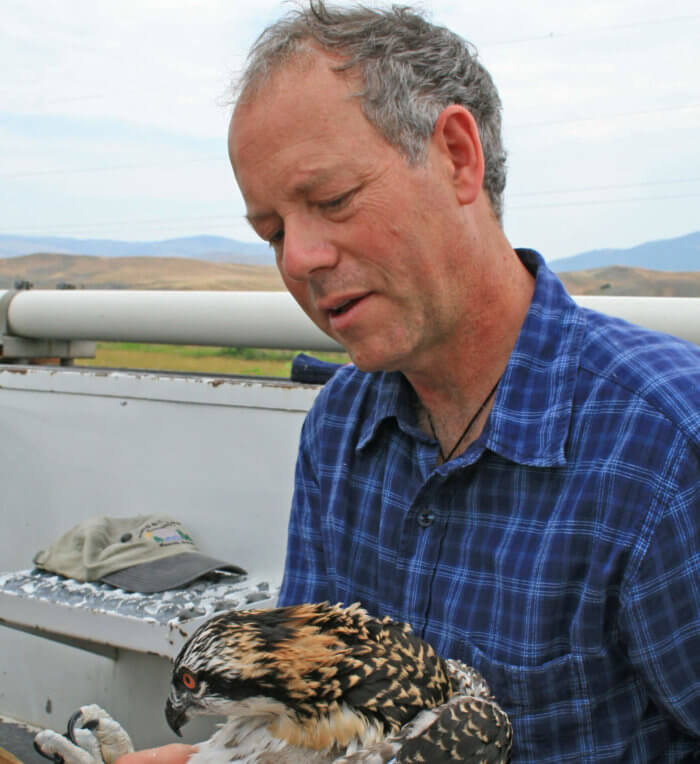
Erick Greene
Professor, Division of Biological Sciences and Wildlife Biology Program, University of Montana
Dr. Greene is an ecologist who studies complex interactions in biological systems. He has broad interests in behavioural ecology, evolutionary biology, and conservation biology.
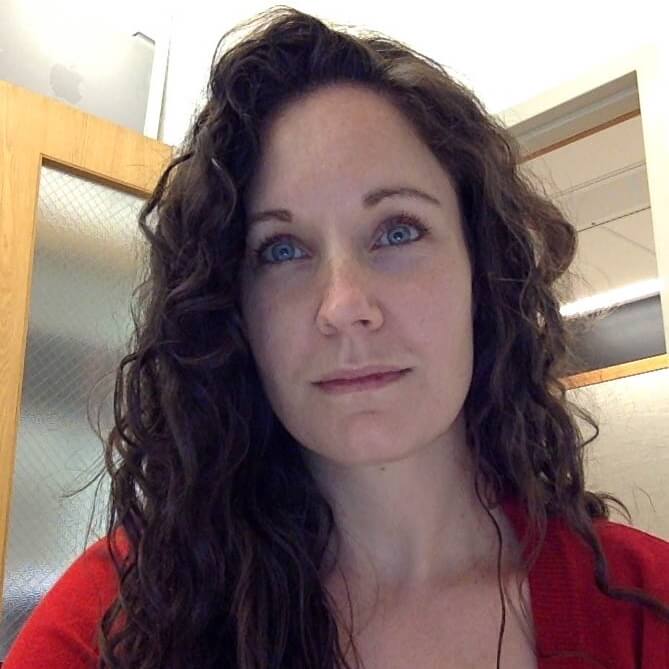
Angela Luis
Assistant Professor of Population & Disease Ecology, University of Montana
Dr. Luis studies epidemiology of infectious diseases. She is an expert on how diseases spread between species, between individuals within a species, and the dynamics of infectious diseases.
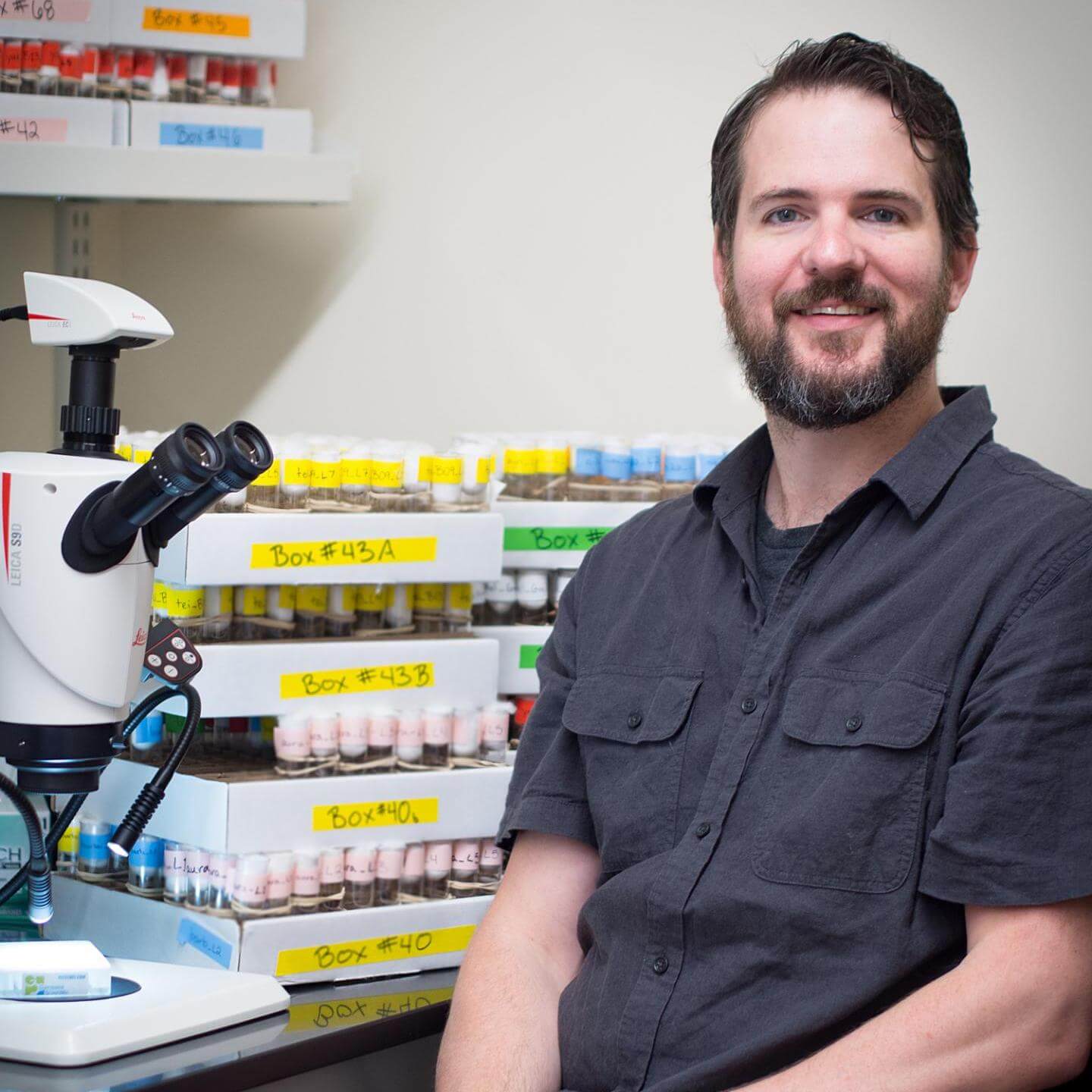
Brandon Cooper
Assistant Professor, Division of Biological Sciences, University of Montana
Dr. Cooper is a microbiologist who studies evolution of bacteria. He also conducts research about how some important human diseases are transmitted and spread.
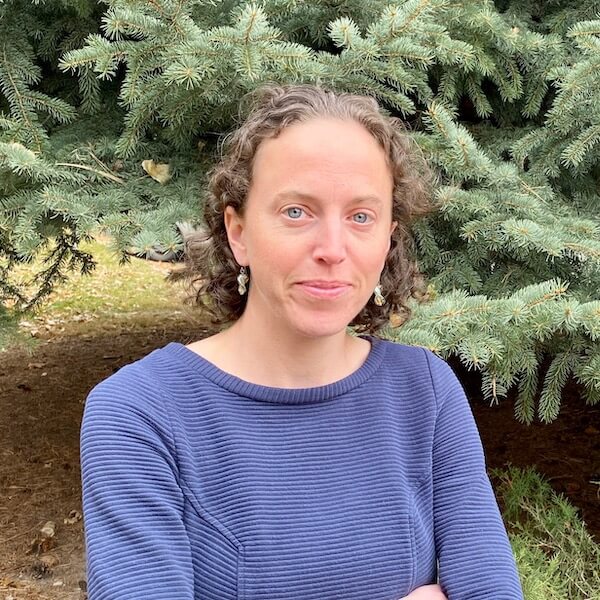
Erin Semmens
Assistant Professor of Epidemiology, School of Public and Community Health Services, University of Montana
Dr. Semmens is an environmental epidemiologist. Her primary research emphasis is on the health effects of environmental exposures particularly relevant to rural populations.

Jay Evans
President and CEO, Inimmune Corporation Director, Center for Translational Medicine, University of Montana
Prior to joining the University of Montana and co-founding Inimmune, Dr. Evans spent 16 years at GSK Vaccines (formerly Corixa Corporation and Ribi Immunochem) working on the identification, characterization, and development of novel vaccine adjuvants, immunomodulators, and delivery systems.
Here are a few resources for more in-depth information about COVID-19:
CDC site: This is the go-to site for the latest information on COVID-19
https://www.cdc.gov/coronavirus/2019-ncov/index.html
Montana COVID-19 site:
https://dphhs.mt.gov/publichealth/cdepi/diseases/coronavirusmt#9247810173-information-for-travelers
Tribal Resources through the Montana site:
https://dphhs.mt.gov/tribalcovid19
Missoula County information
https://www.missoulacounty.us/government/health/health-department/emergency-preparedness/coronavirus
Very helpful FAQ page:
https://www.missoulacounty.us/government/health/health-department/emergency-preparedness/coronavirus-copy/-fsiteid-1
A regular podcast out of the UM Business School that includes COVID-19 info:
anewanglepodcast.com
From the Washington Post, a fascinating overview of history’s deadliest pandemics:
https://www.washingtonpost.com/graphics/2020/local/retropolis/coronavirus-deadliest-pandemics/
Great Books for More Information
Spillover: Animal Infections and the Next Human Pandemic by David Quammen. W. W. Norton and Co., 2012.
This is a fantastic book by Montana’s very own award-winning author. It is a very readable account of viral diseases that hop from animals to humans, a history of pandemics, and an eerily accurate portrayal (made eight years ago) of our current COVID-19 pandemic!
Here’s an NPR interview with David Quammen about this research:
https://www.npr.org/2020/03/28/823071230/david-quammen-how-animal-borne-infections-spill-over-to-humans
The Viral Storm: The Dawn of a New Pandemic Age by Nathan Wolfe. Henry Holt and Co., 2011.
Nathan Wolfe is one of the country’s leading virologists gives a sobering account of viral pandemic, past, present and future. He founded Global Viral Forecasting, an international research group devoted to detection and control of epidemics.
A Planet of Viruses by Carl Zimmer. The University of Chicago Press, 2015.
One of our best science writers, Carl Zimmer’s little book gives a broad overview of the natural history, biology and importance of viruses.
